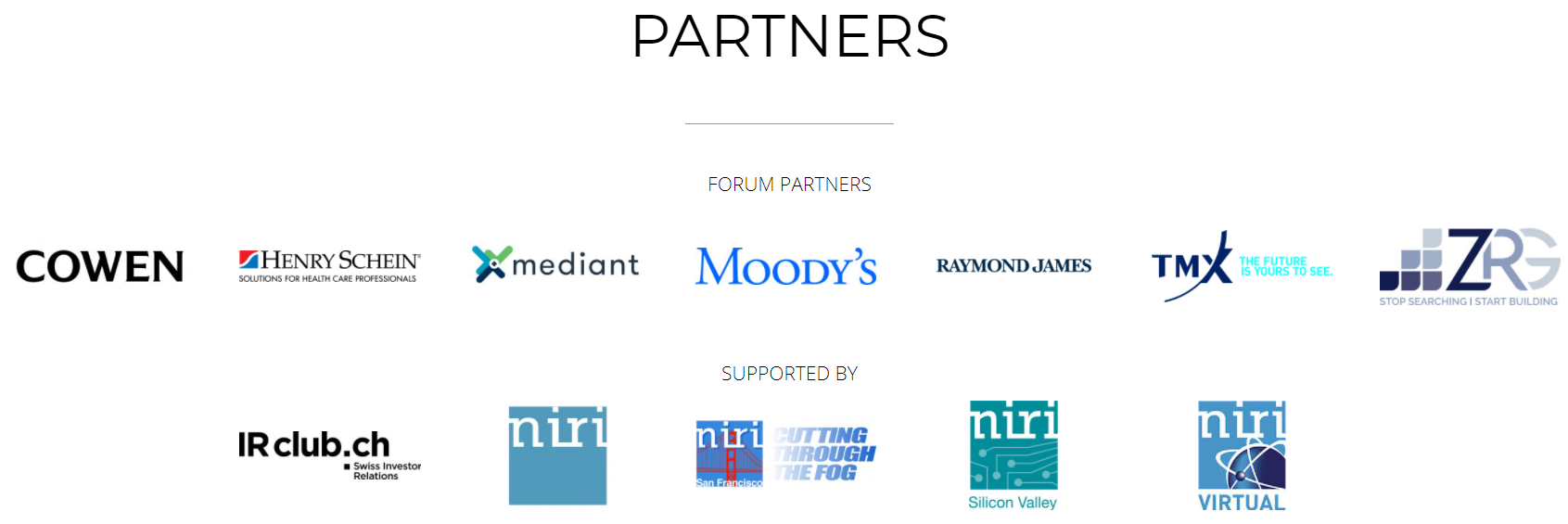Data used to analyze diversity in the workforce is showing that companies with a more inclusive and diverse workforce are actually performing better, according to several panelists at the IR Magazine Forum – Equality in IR.
There has been an increase over the last year in discussion of diversity, equity and inclusion (DE&I) in the investment community as more public companies report and disclose on this topic.
‘There are more voices at the table and more folks raising questions on racial equity around the investment securities industry,’ said Marvin Owens, chief engagement officer at Impact Shares and a panelist at the forum.
Owens, who manages the National Association for the Advancement of Colored People (NAACP) ETF, explained that for the past couple of decades, the association has evaluated a corporation’s efforts toward promoting an inclusive workforce through NAACP’s corporate scorecards.
The NAACP gets data from corporations on African-Americans on the board and in the C-suite and what inclusion initiatives the corporations have. It then publishes the data it receives, using it as an advocacy tool.
‘The more diverse the company’s management is, the less likely it will have blind spots in its decision-making,’ explained Mike Chen, head of sustainable investments and director of equity at PanAgora Asset Management, who has been analyzing data that focuses on gender diversity. To gather the data, PanAgora built an algorithm for the task.
Scanning executive biographies, the algorithm extracts information in a process known as natural language processing. Chen said the data shows that, in the case of gender, diversity actually reduces volatility in a stock. But he added that there are areas of diversity not addressed by the algorithm, such as ethnic diversity, national origin diversity, religious beliefs or socio-economic background.
From awareness to impact
Another panelist at the forum, DK Bartley, chief diversity officer at Moody’s, explained how the ratings agency has gone from awareness to impact with regard to DE&I.
Very often, DE&I is viewed as a human resources issue, but Bartley said that shouldn’t be the case. ‘It’s about what you can do as an organization to better purpose the business for growth and development and to provide a much more in-depth understanding of all the employees who make up the organization,’ he said.
According to Bartley, Moody’s wants to disclose what it has been working on and what it needs to improve upon. He said his firm recently disclosed diversity goals for both the short term and long term. ‘We have internal goals; those are things we are doing and that we need to constantly do,’ he said. ‘We then have our external goals and those are the numbers we need to reach from a demographic standpoint.’
He added that this allows Moody’s to have an internal plan and focus on specific processes that need to be improved upon. But it also allows the company to figure out how those internal systems directly affect external goals.
A year on from George Floyd
Earlier this year, strategic services firm Seramount published its Pledge to Progress report on racial equity and inclusion across corporate America.
Ripa Rashid, managing director and head of inclusion and diversity at Cowen, told attendees at the Equality in IR Forum that the purpose of that research was to map out employee experience vis-à-vis social equity within organizations at the one-year anniversary of George Floyd’s 2020 murder. She said the report outlines a desire from employees to see corporations taking a stand against racism.
The report also highlights unconscious racial bias in key talent processes, recruiting performance management and pay compensation decisions. ‘One of the [issues with this] is if you are in the majority in an environment, the system works for you,’ said Rashid.
She explained that today’s workforce is a majority male-based model, noting that white men make up one third of the labor force. ‘Unconscious bias isn’t just at an individual level or about people being good or bad. It is about systems that were not evolved for today’s workforce,’ she said.
Rashid noted that to fix a system that has evolved over 40-50 years, it will take five to 10 years. ‘It’s a marathon not a sprint,’ she said. ‘You need to educate people. You need to create an incentive structure that will motivate certain behaviors. You also need to give them the tools and structures in which to operate in order to achieve the goals you are setting for them.’
To find out more about the IR Magazine Forum – Equality in IR or to access recordings of the sessions, please click here.











